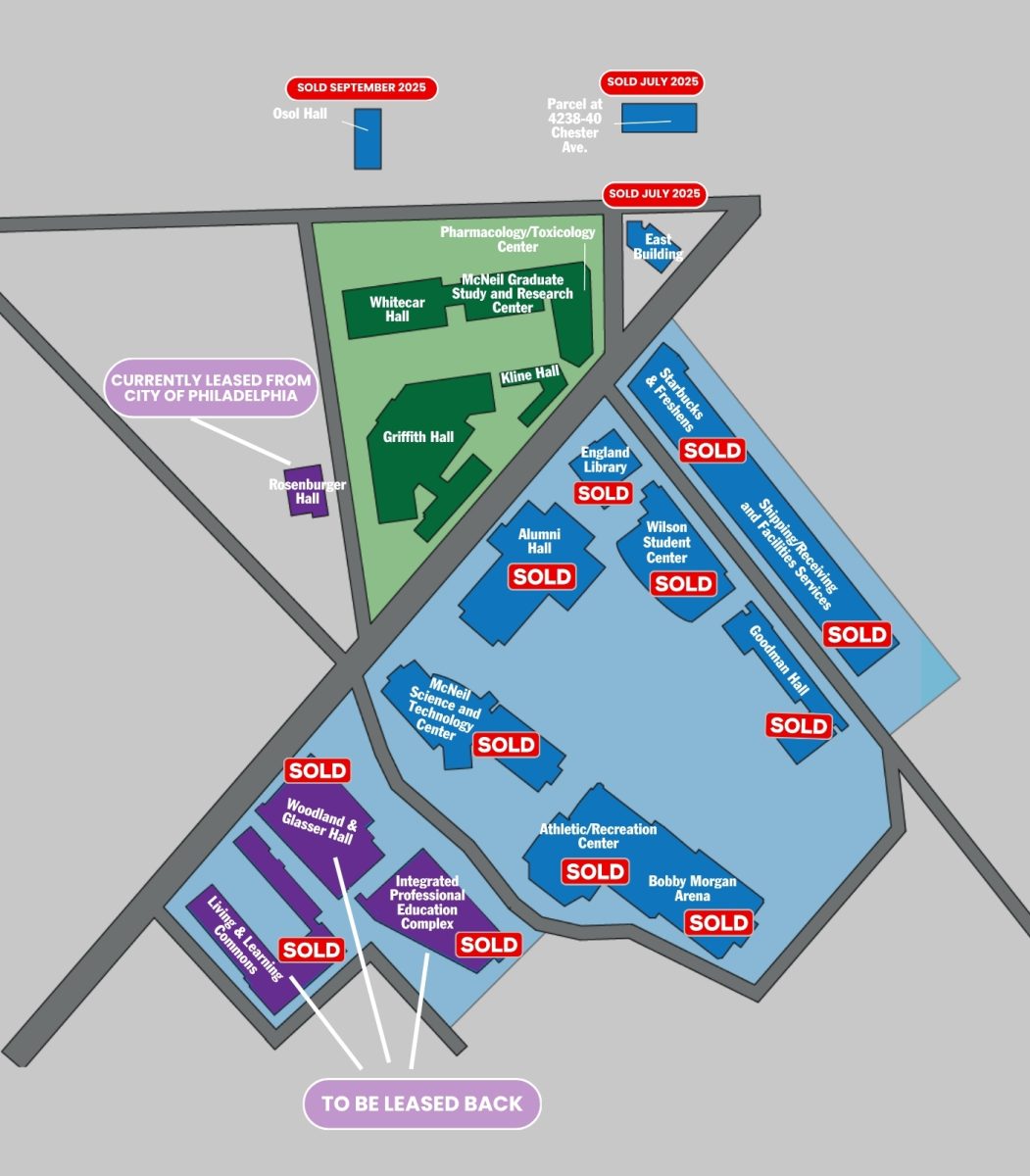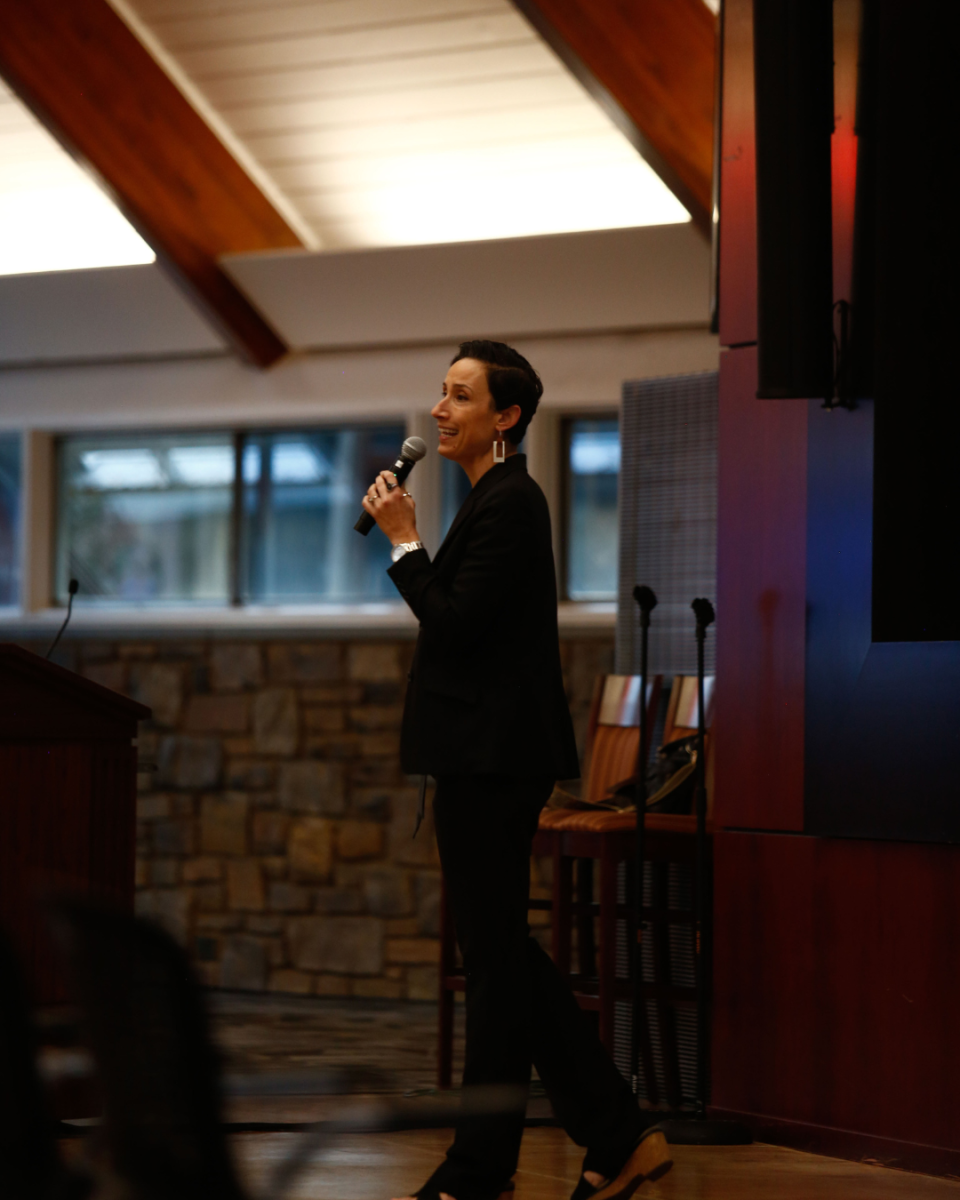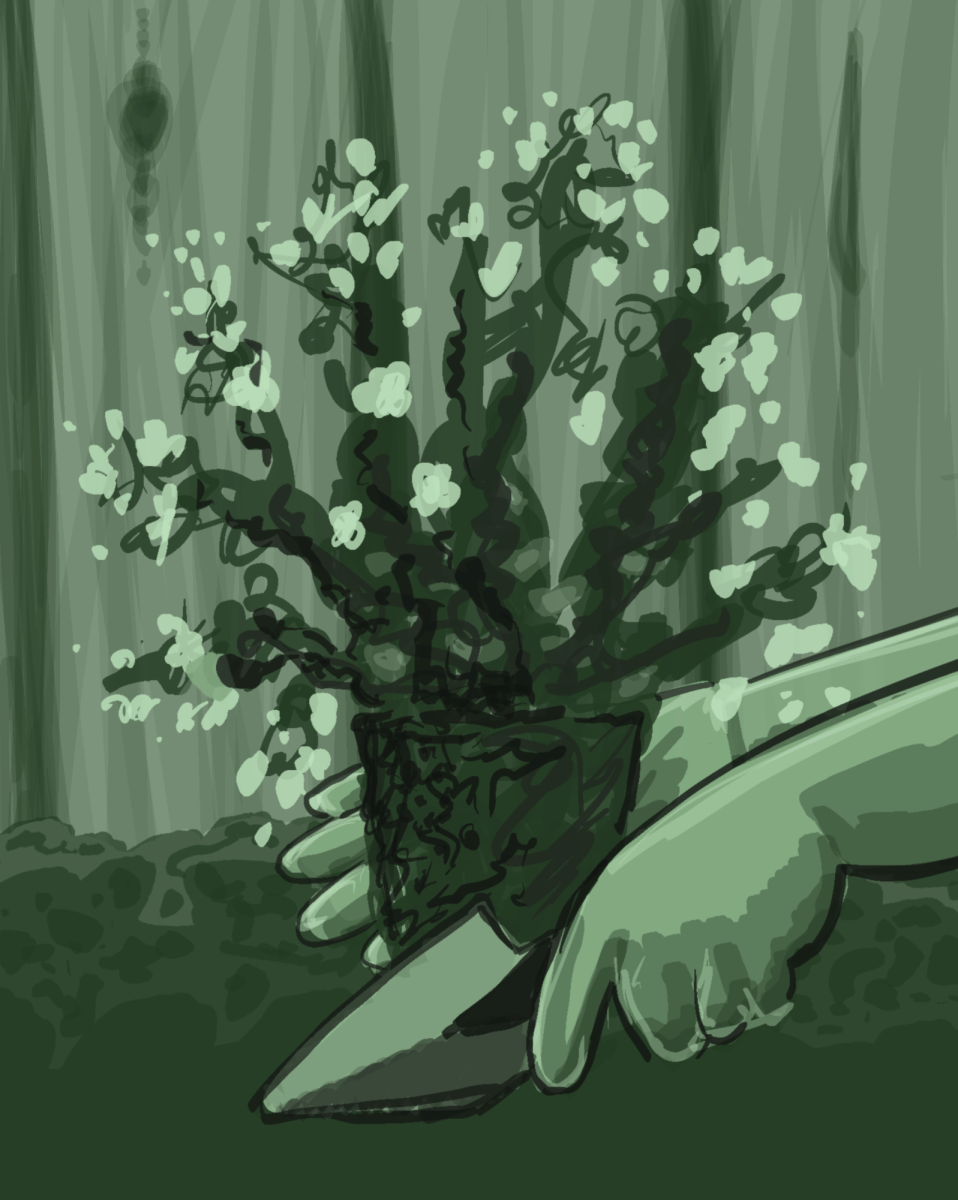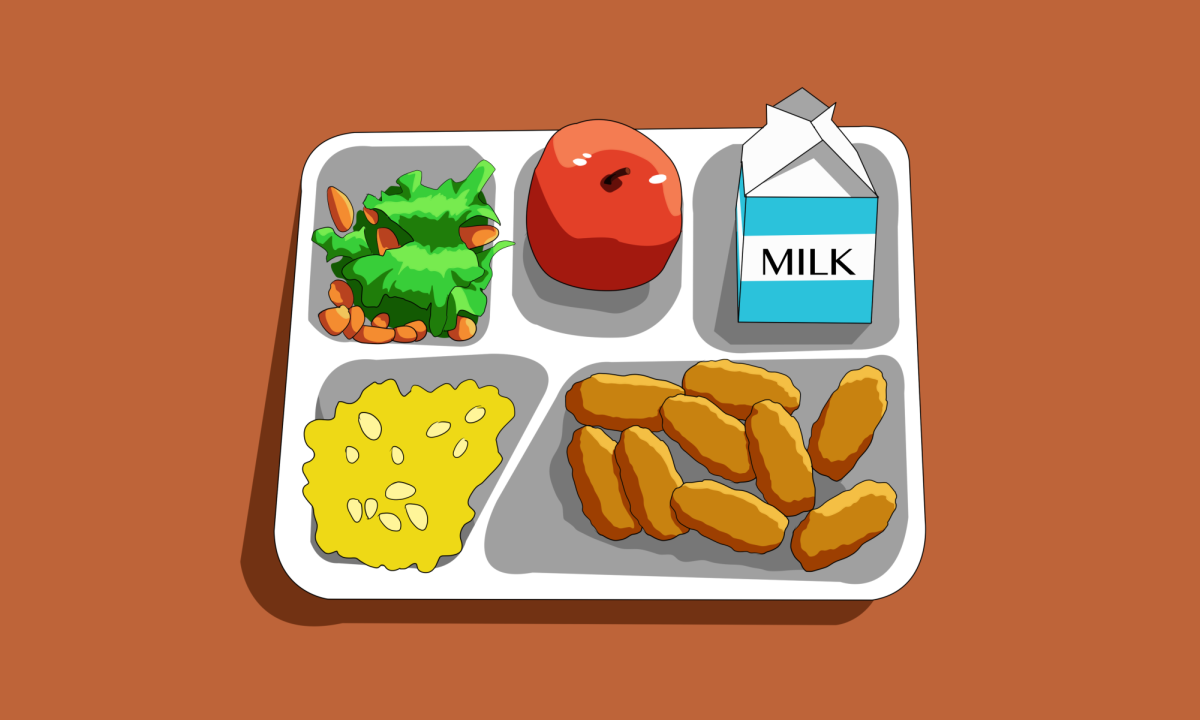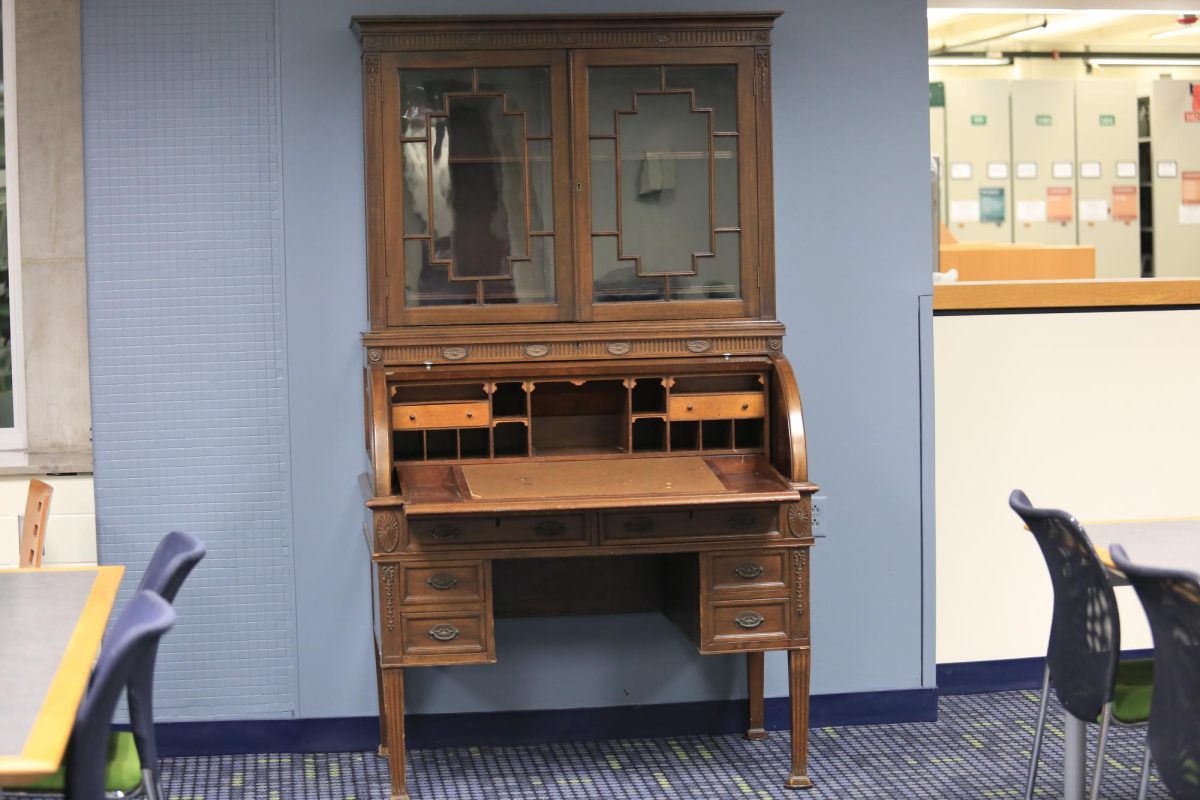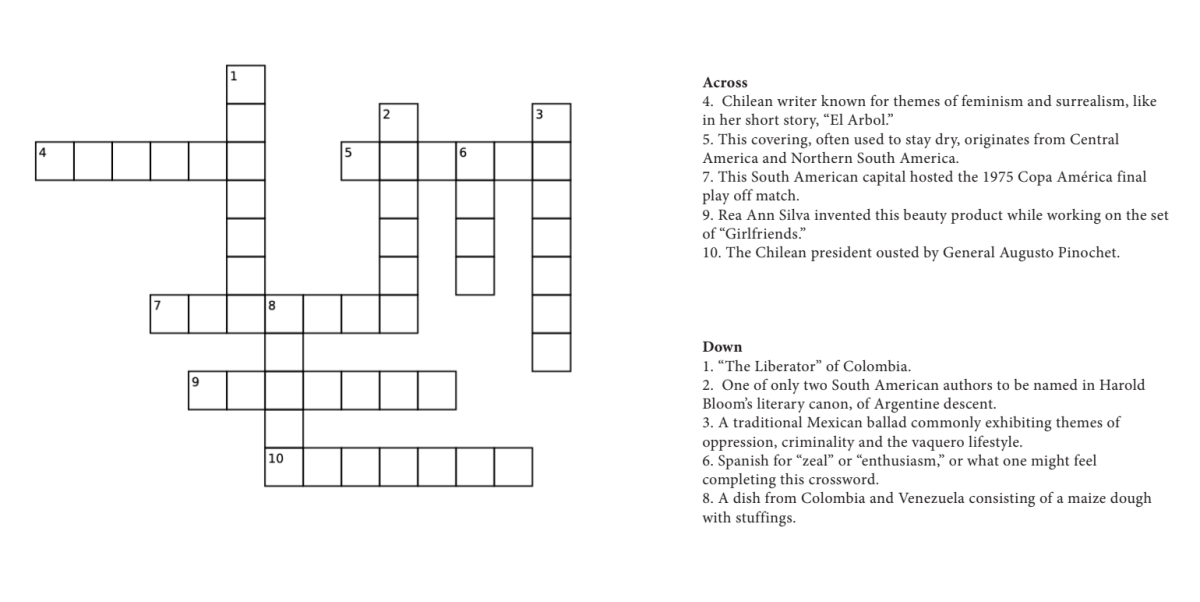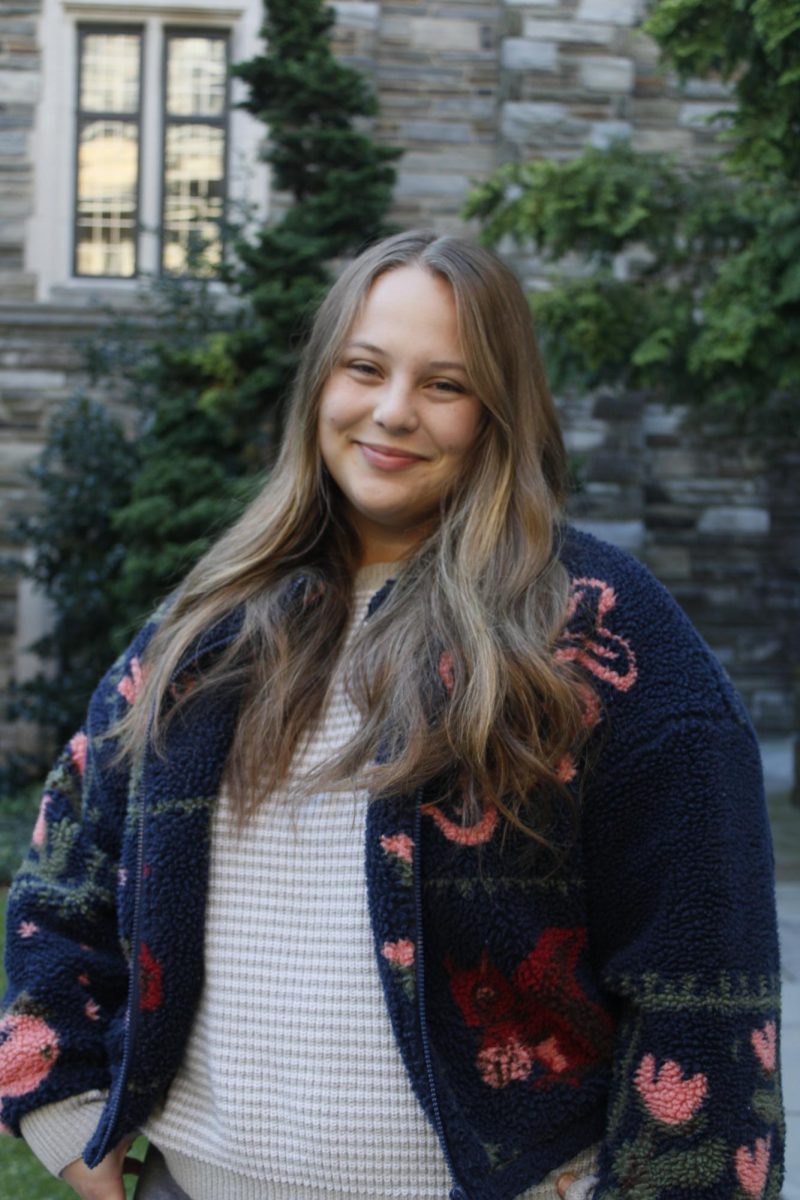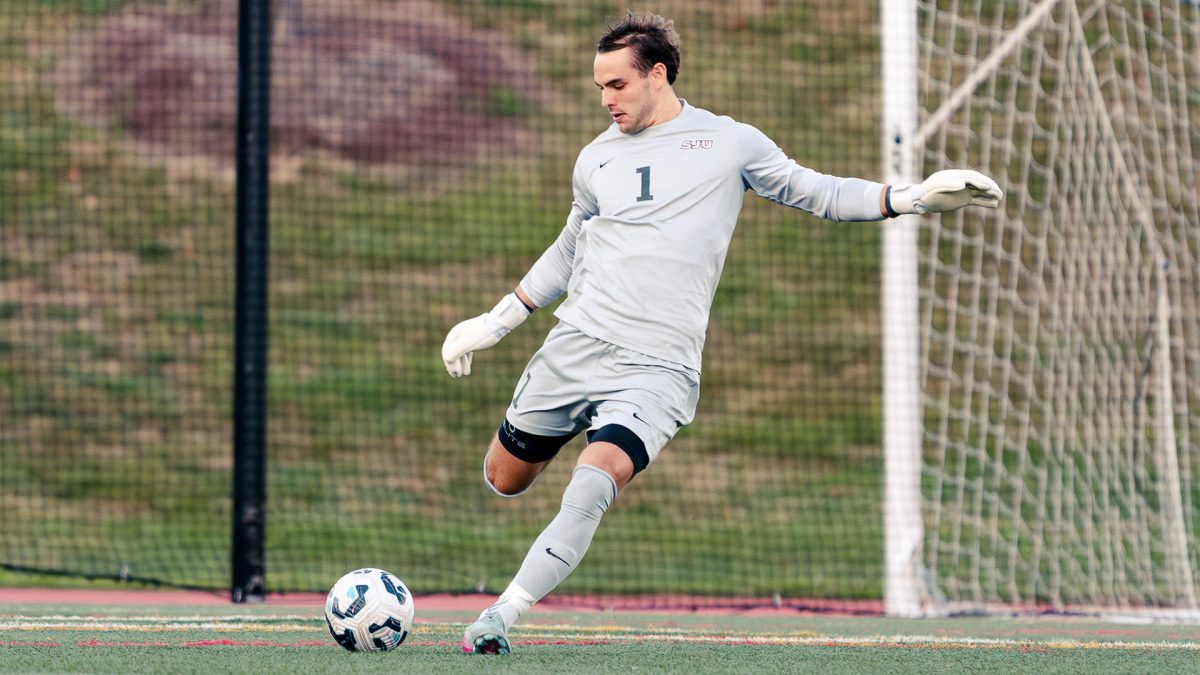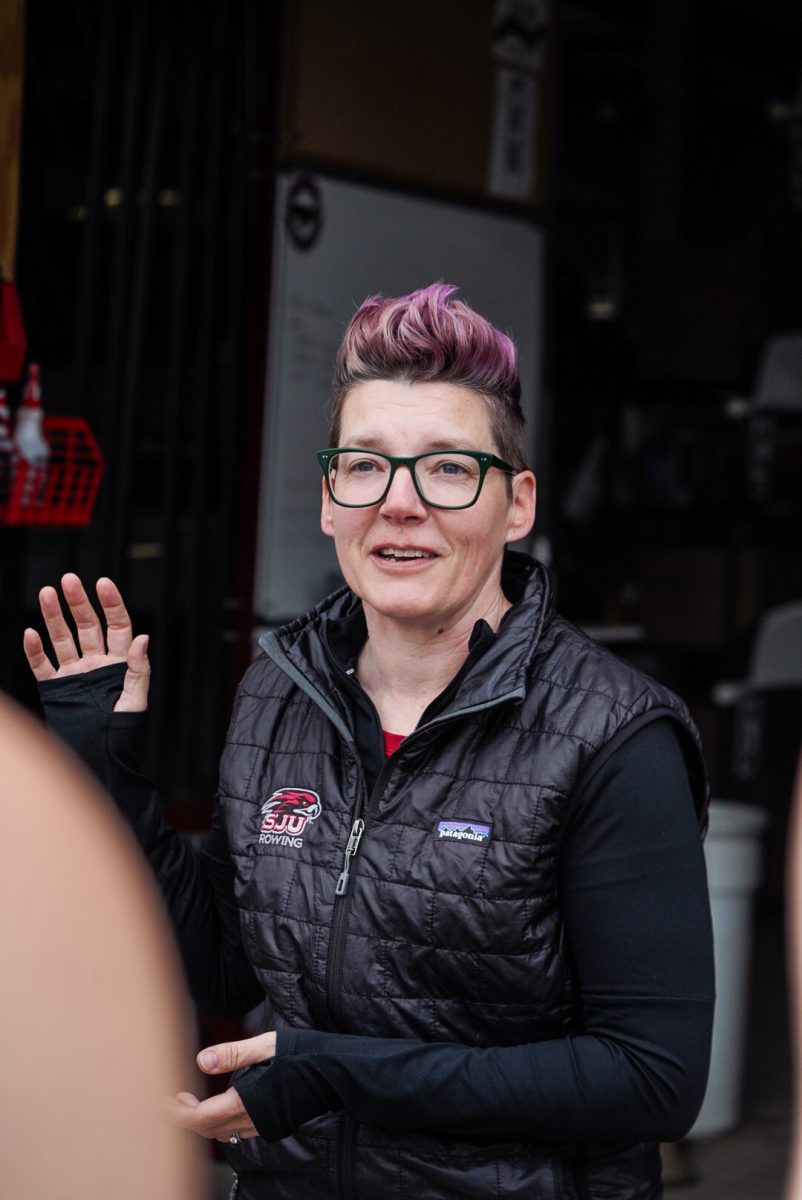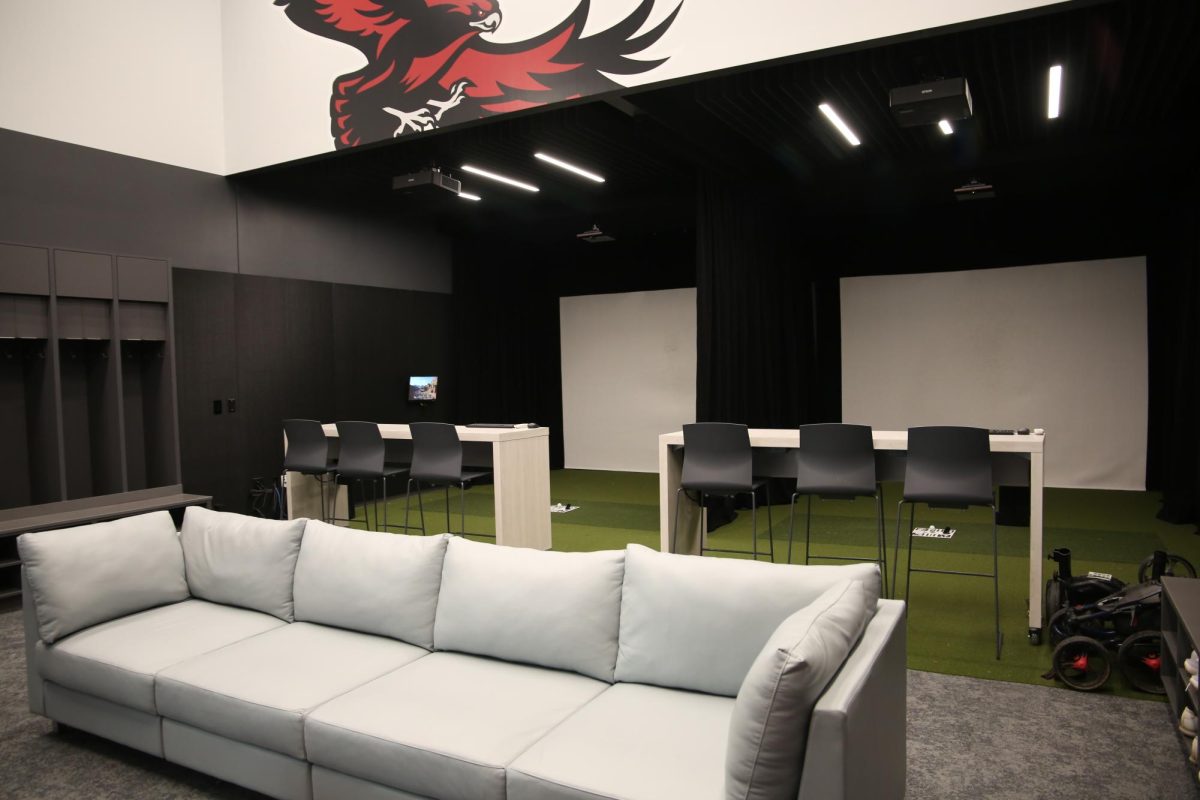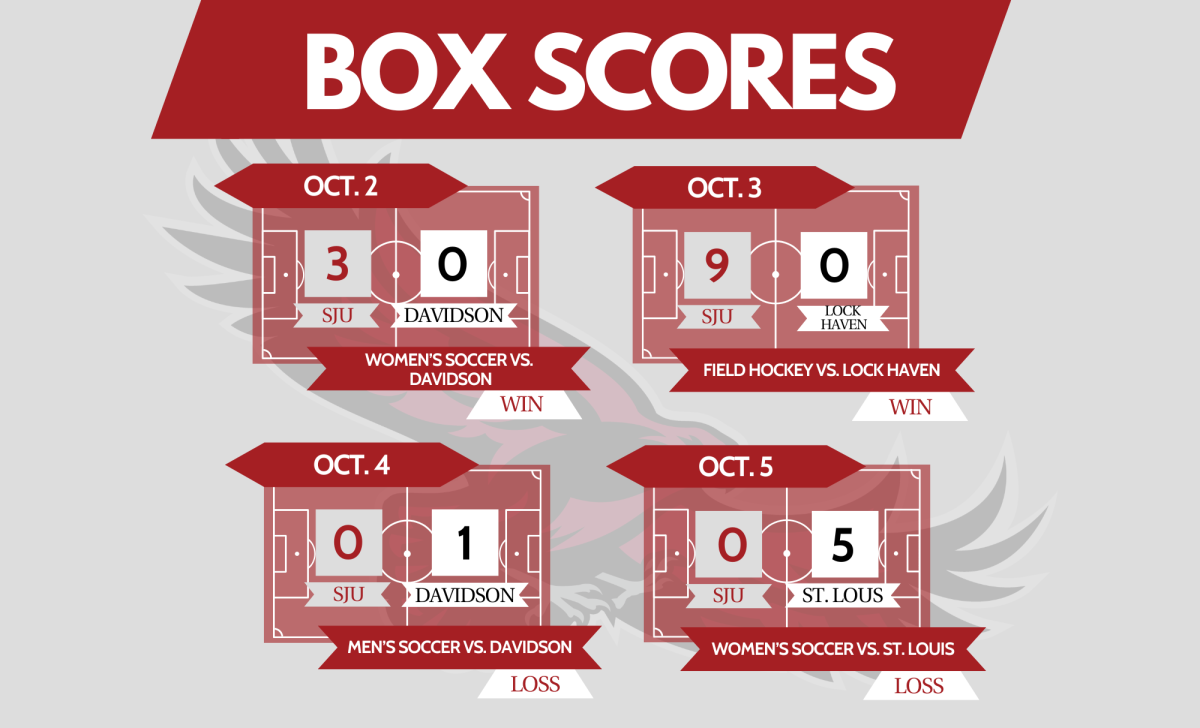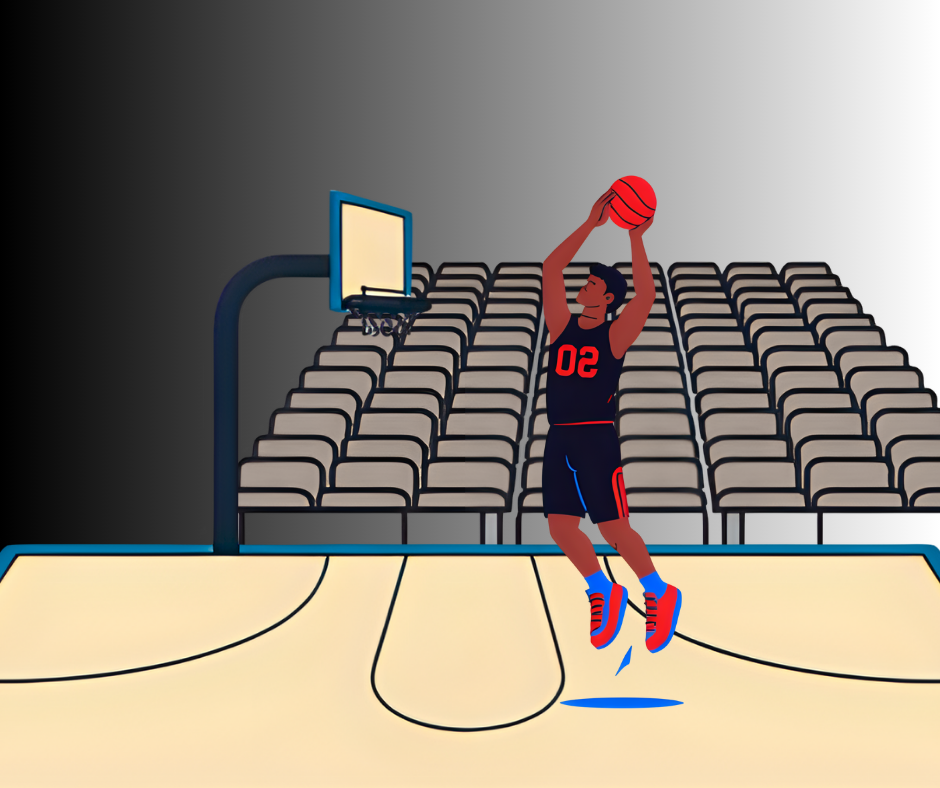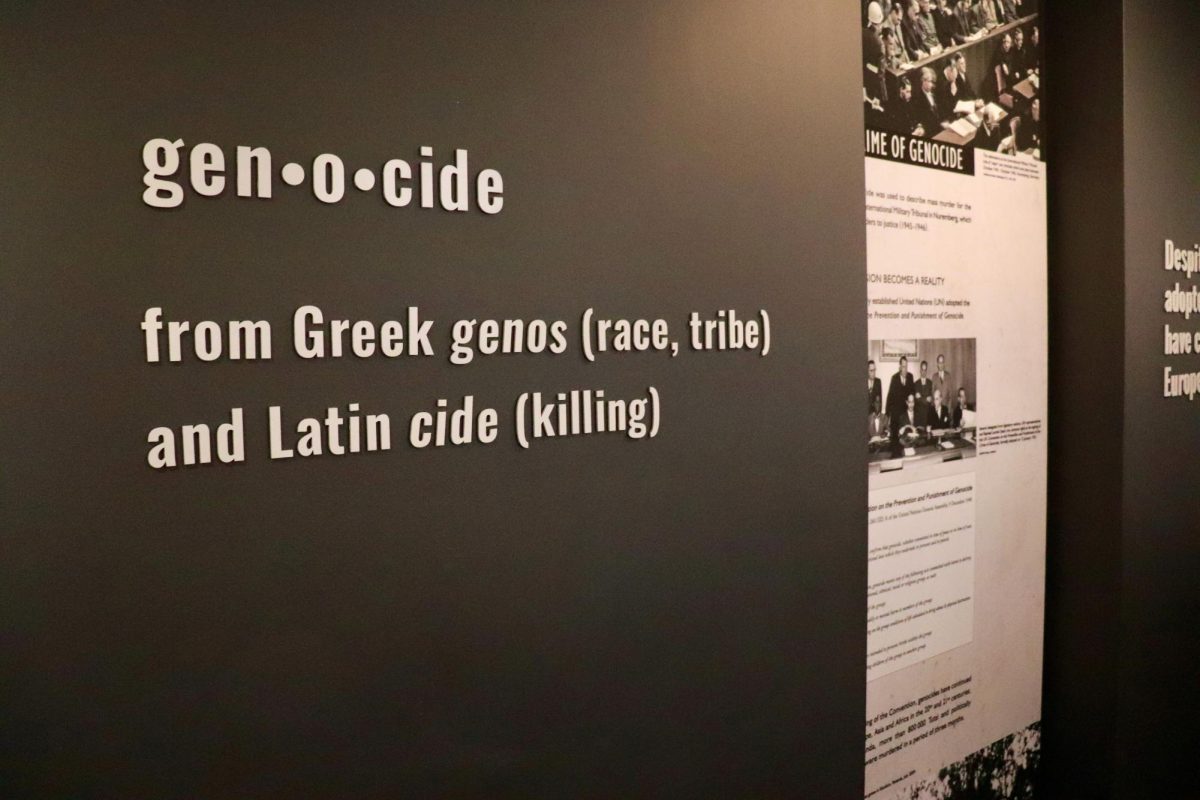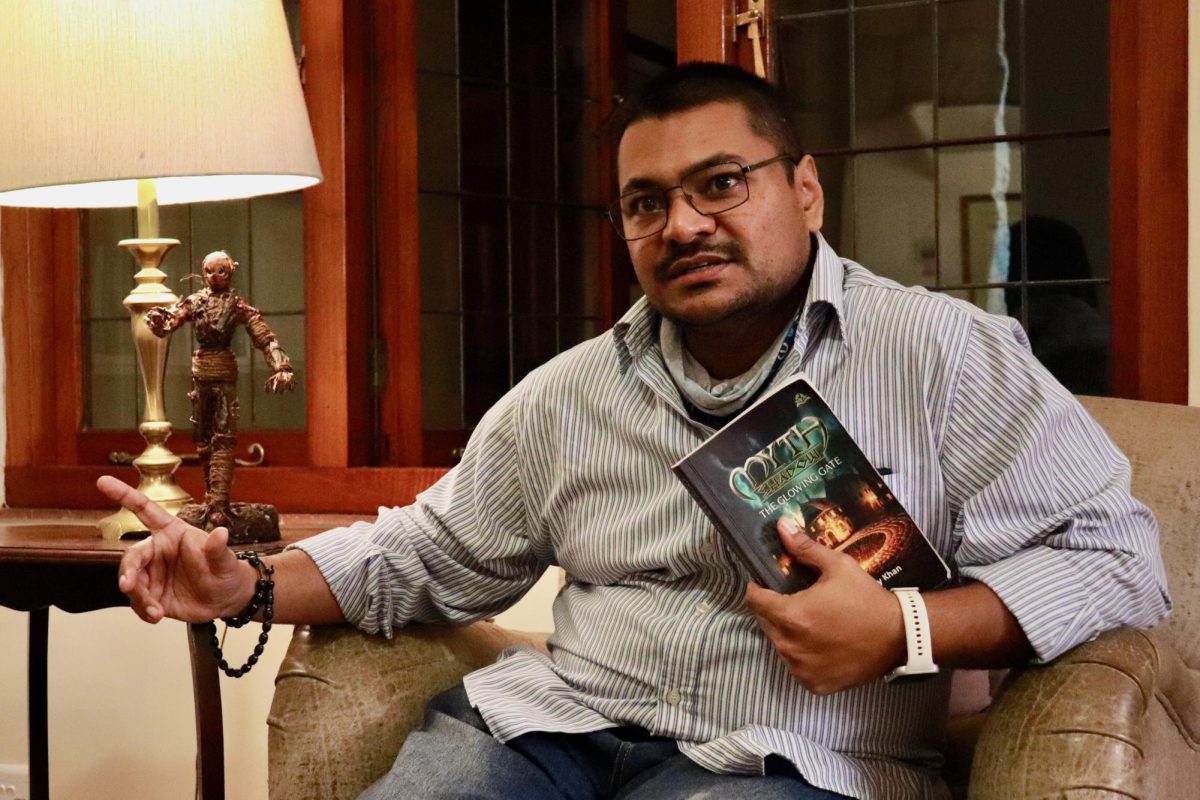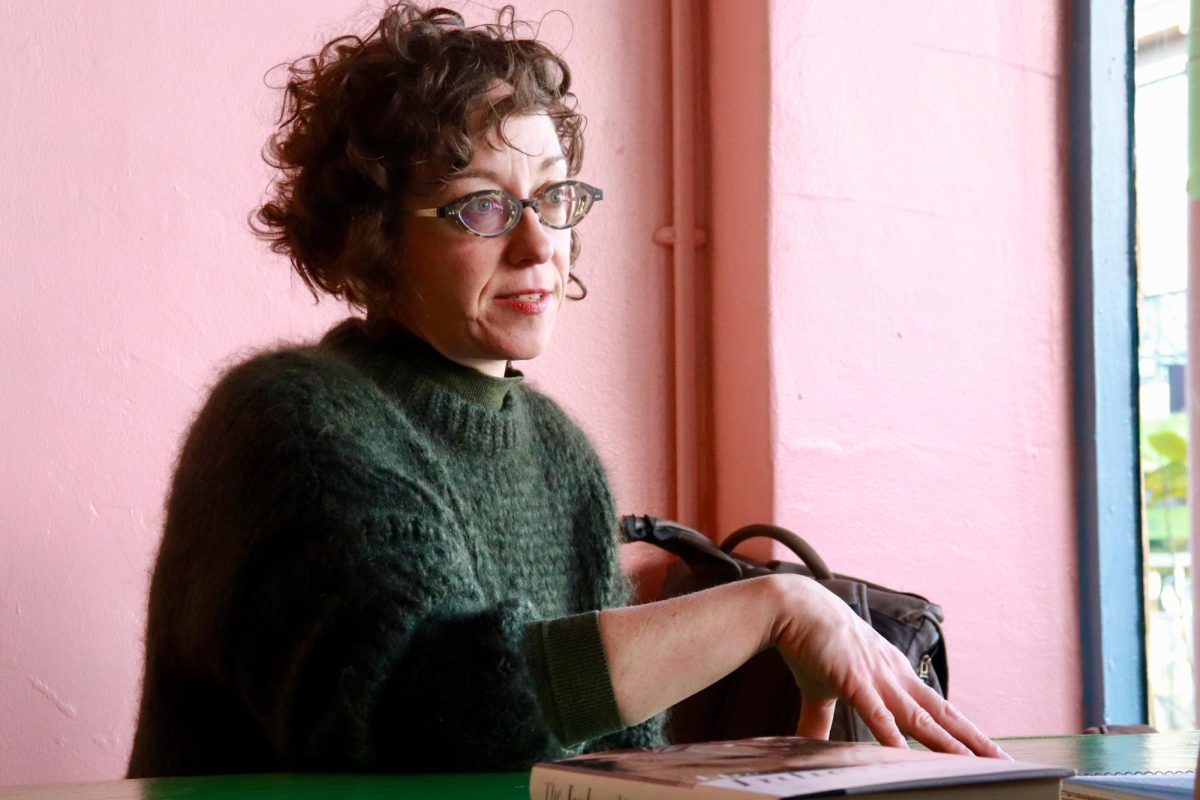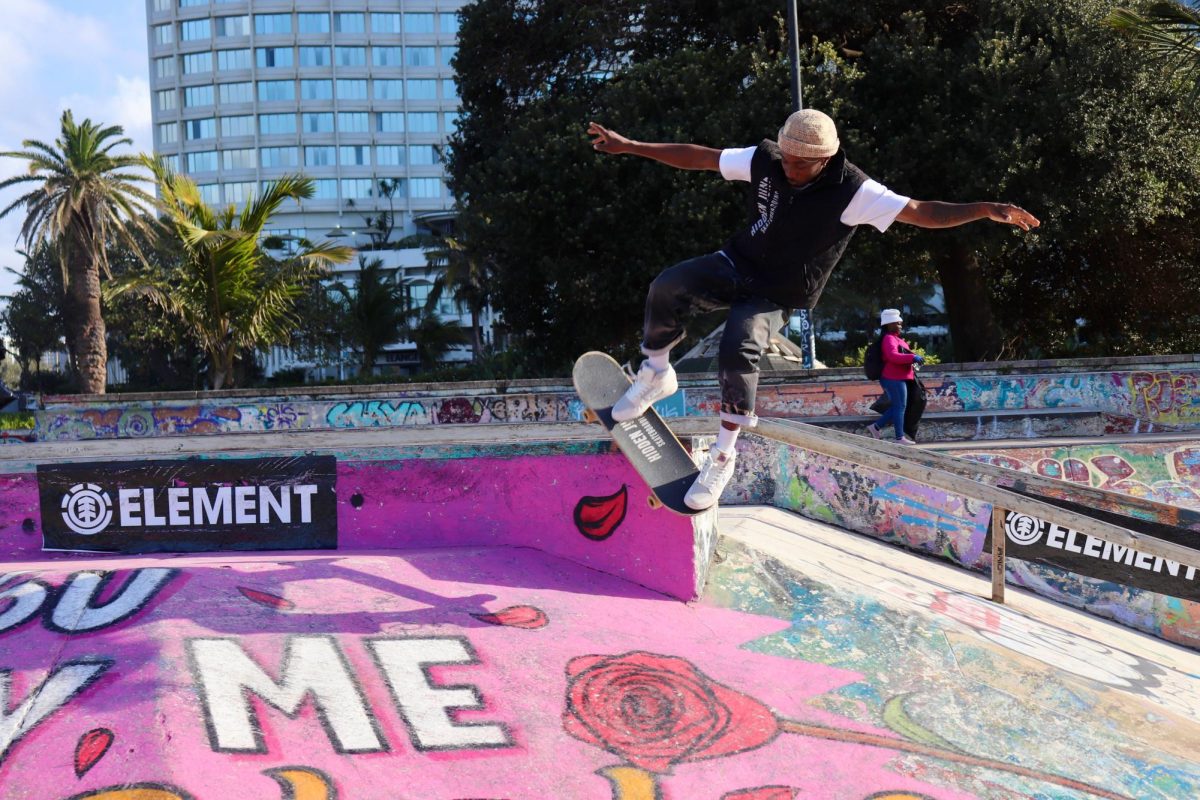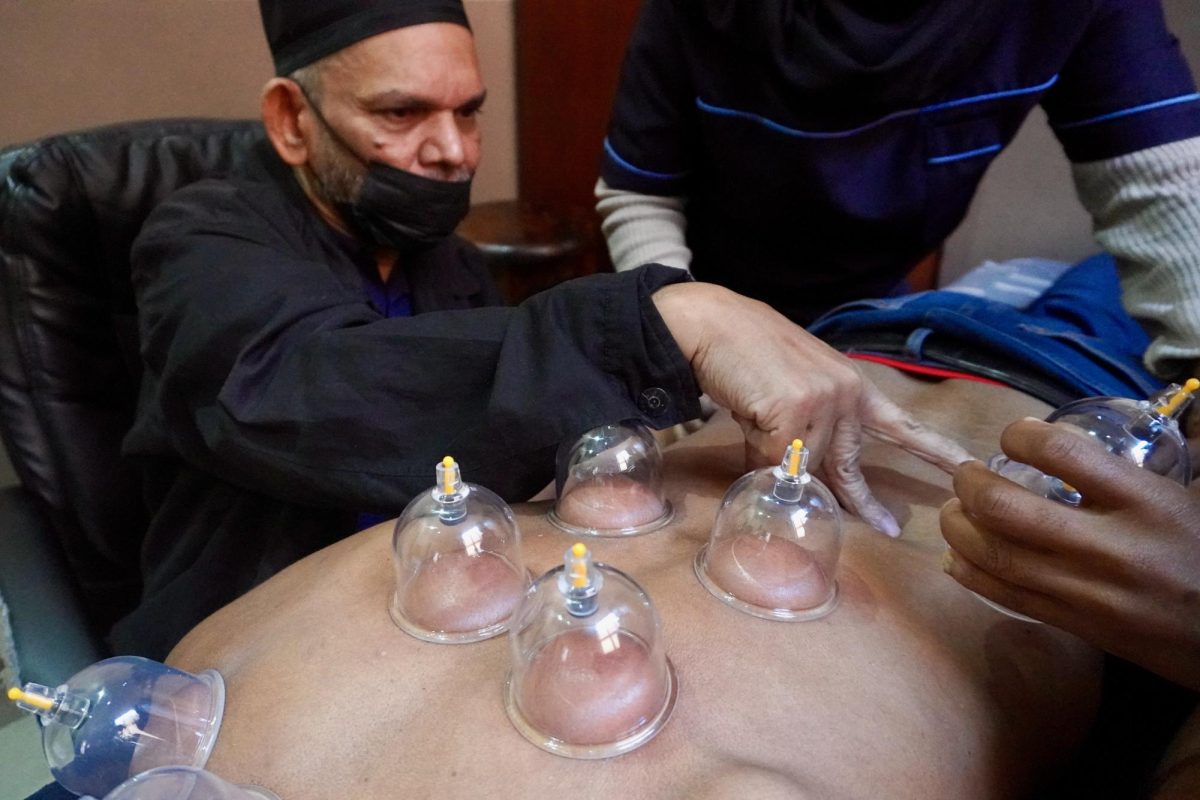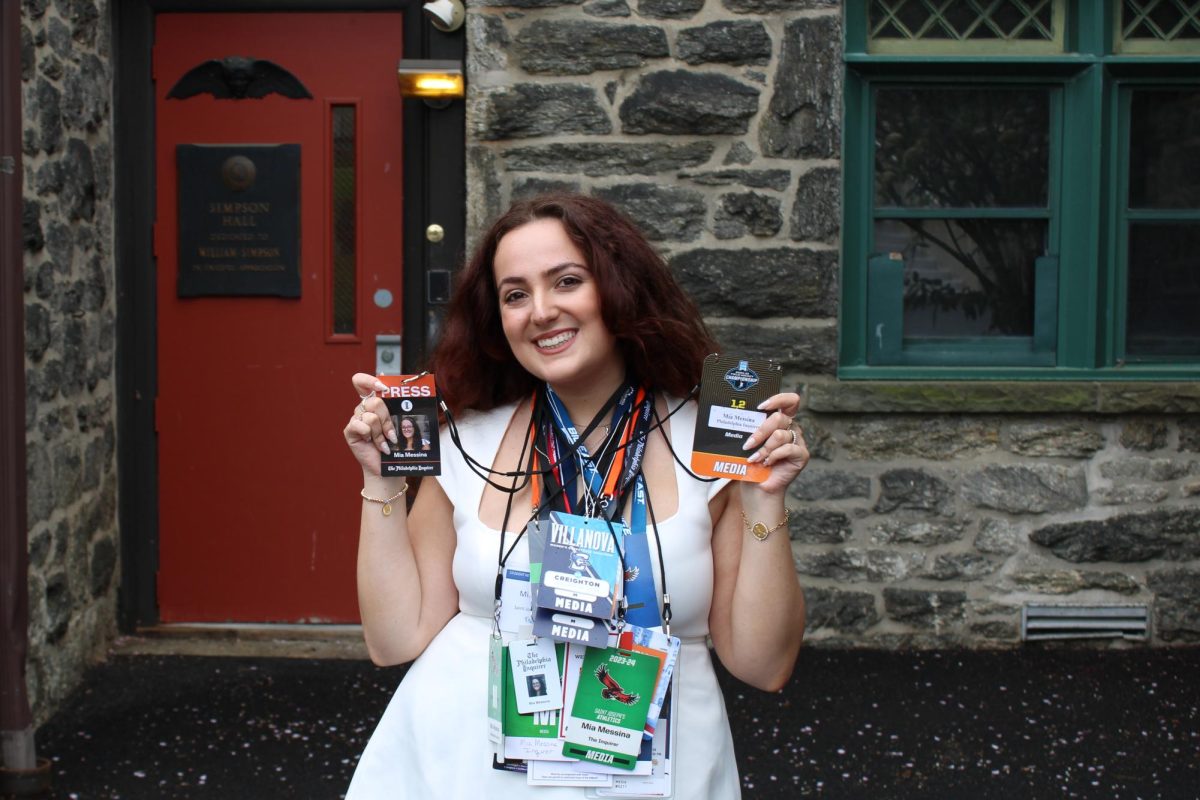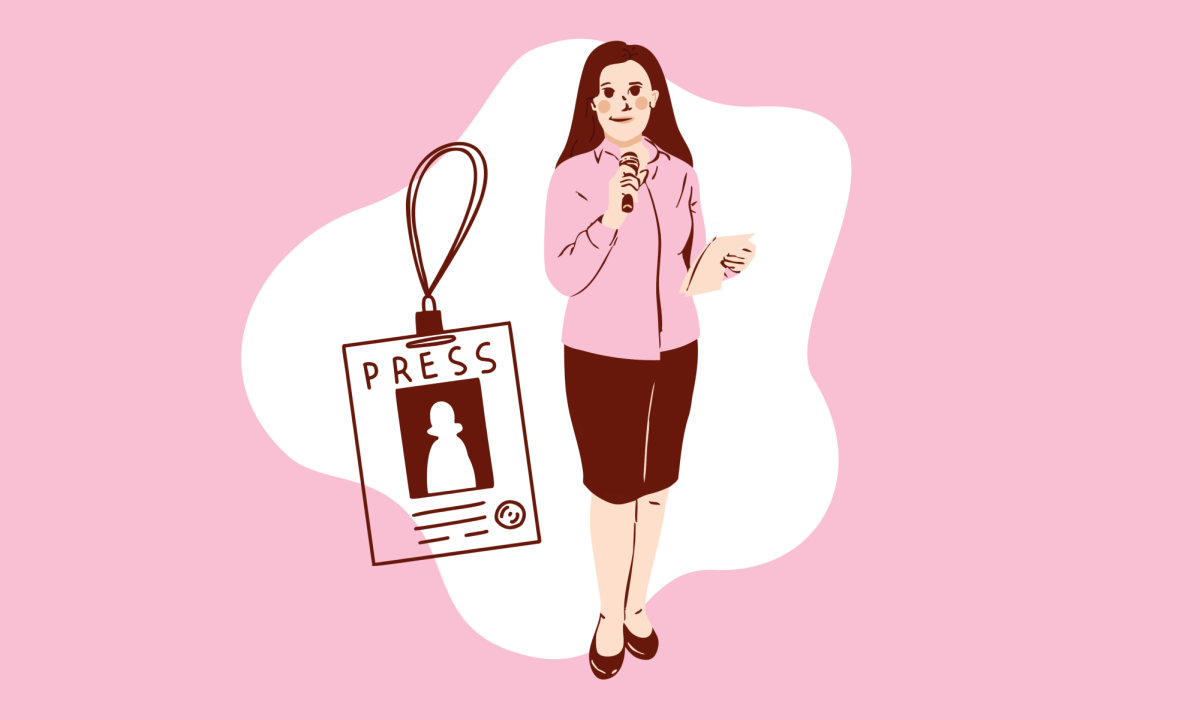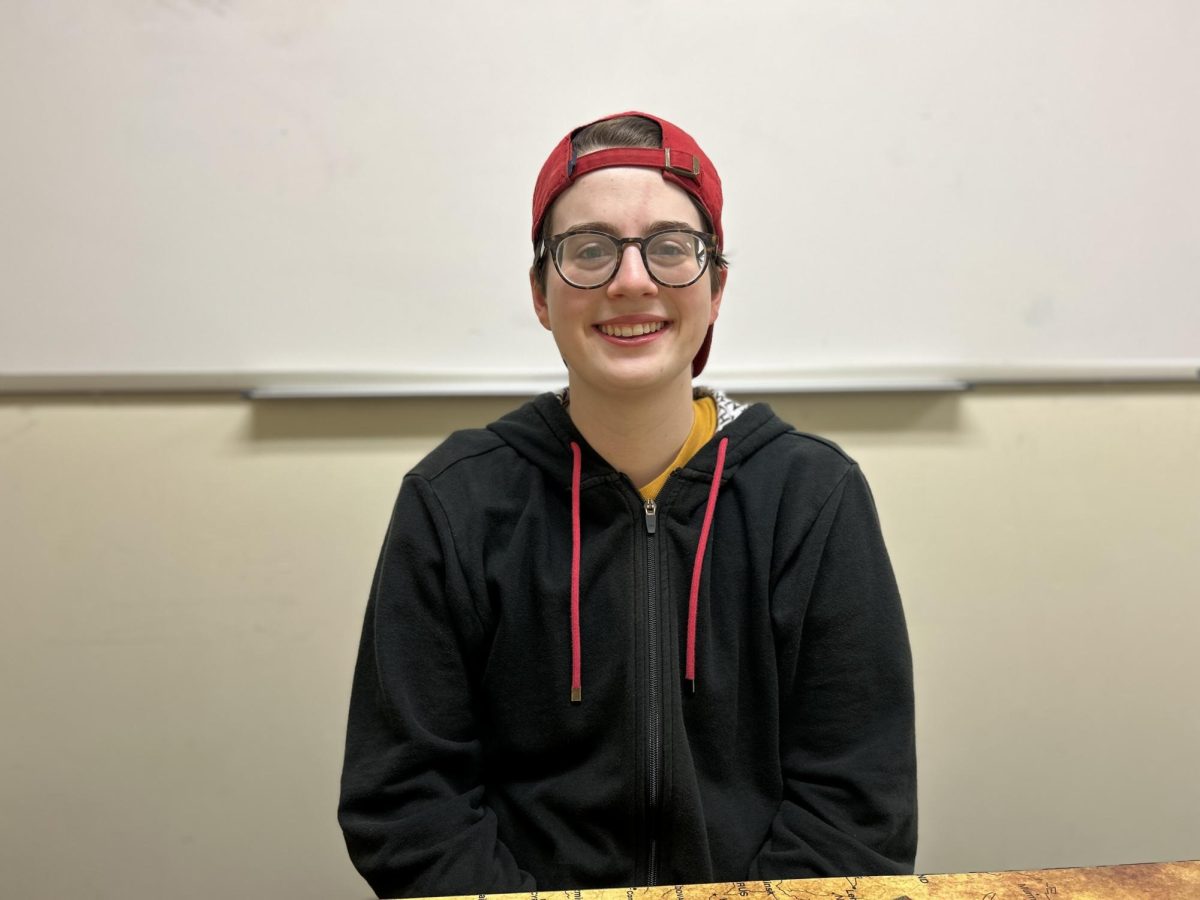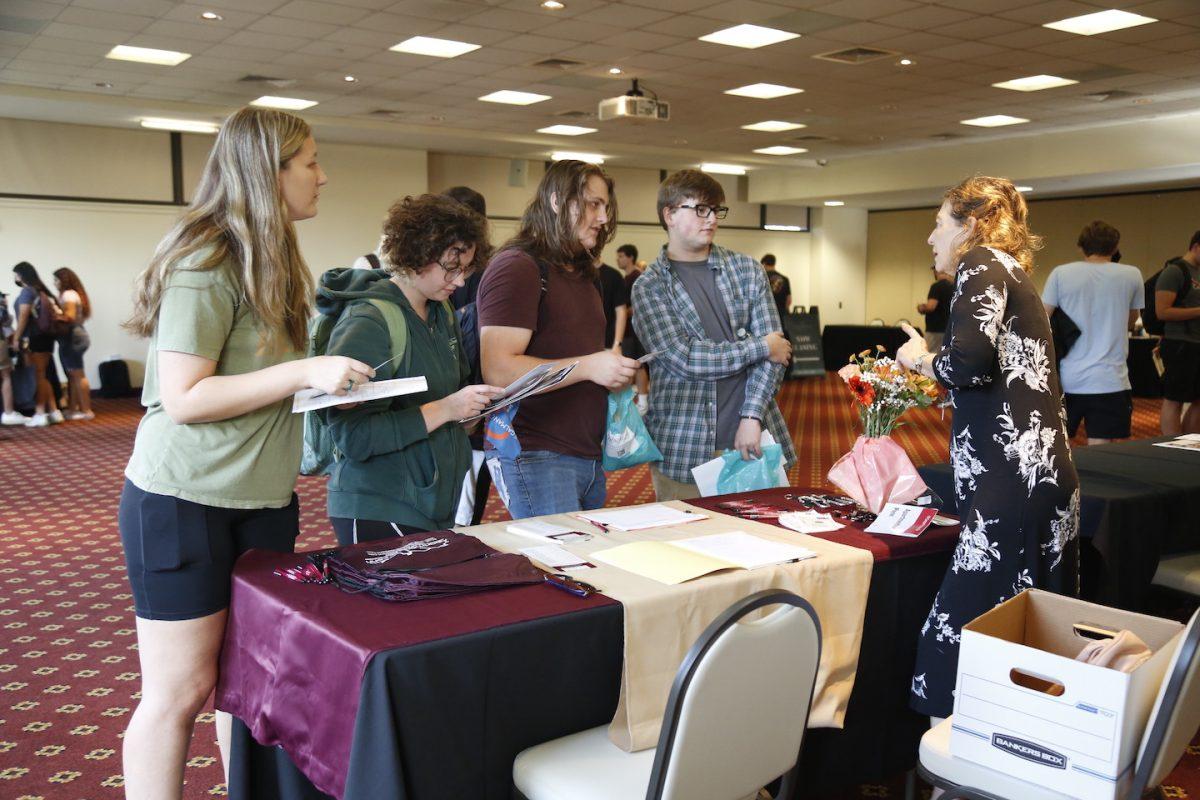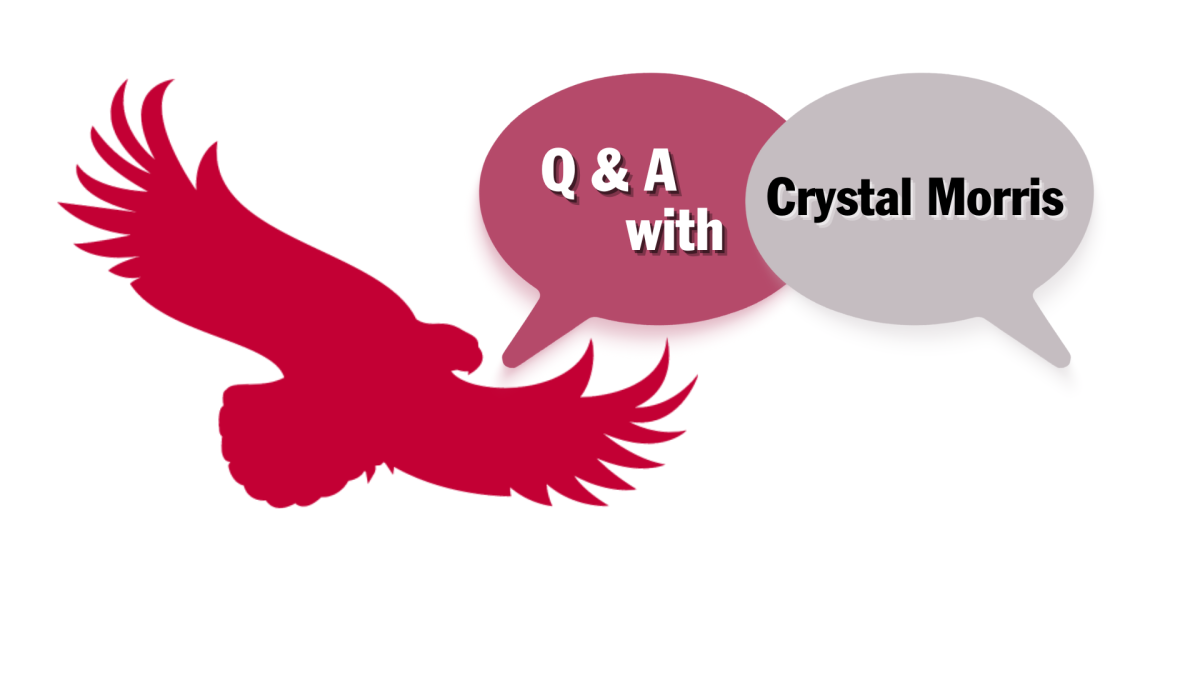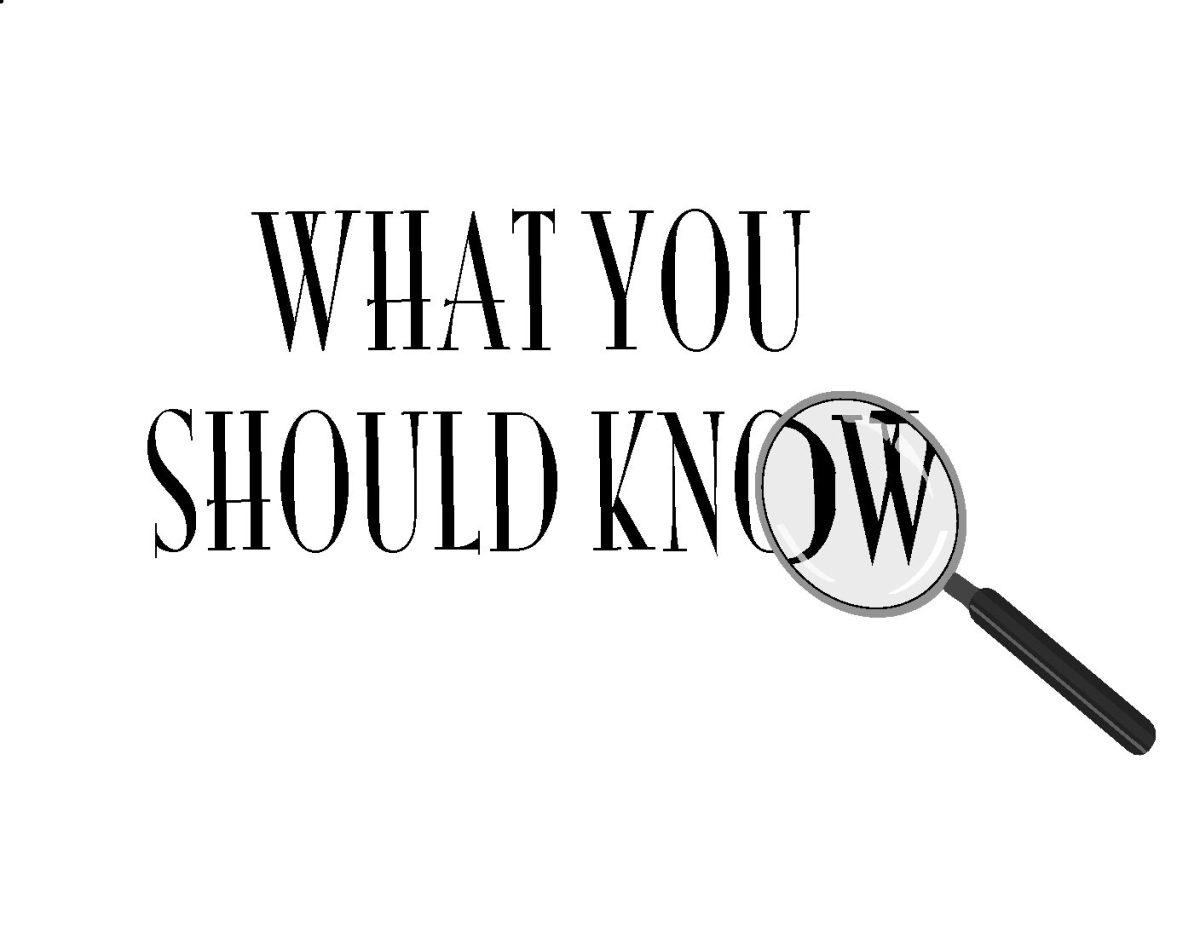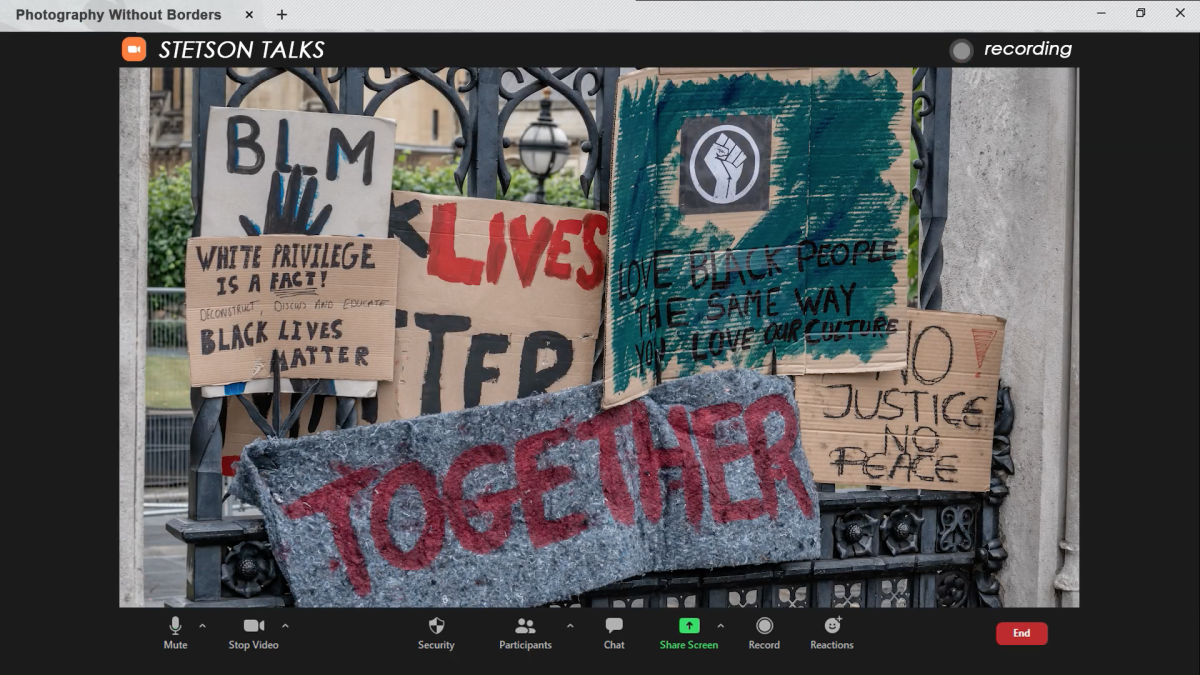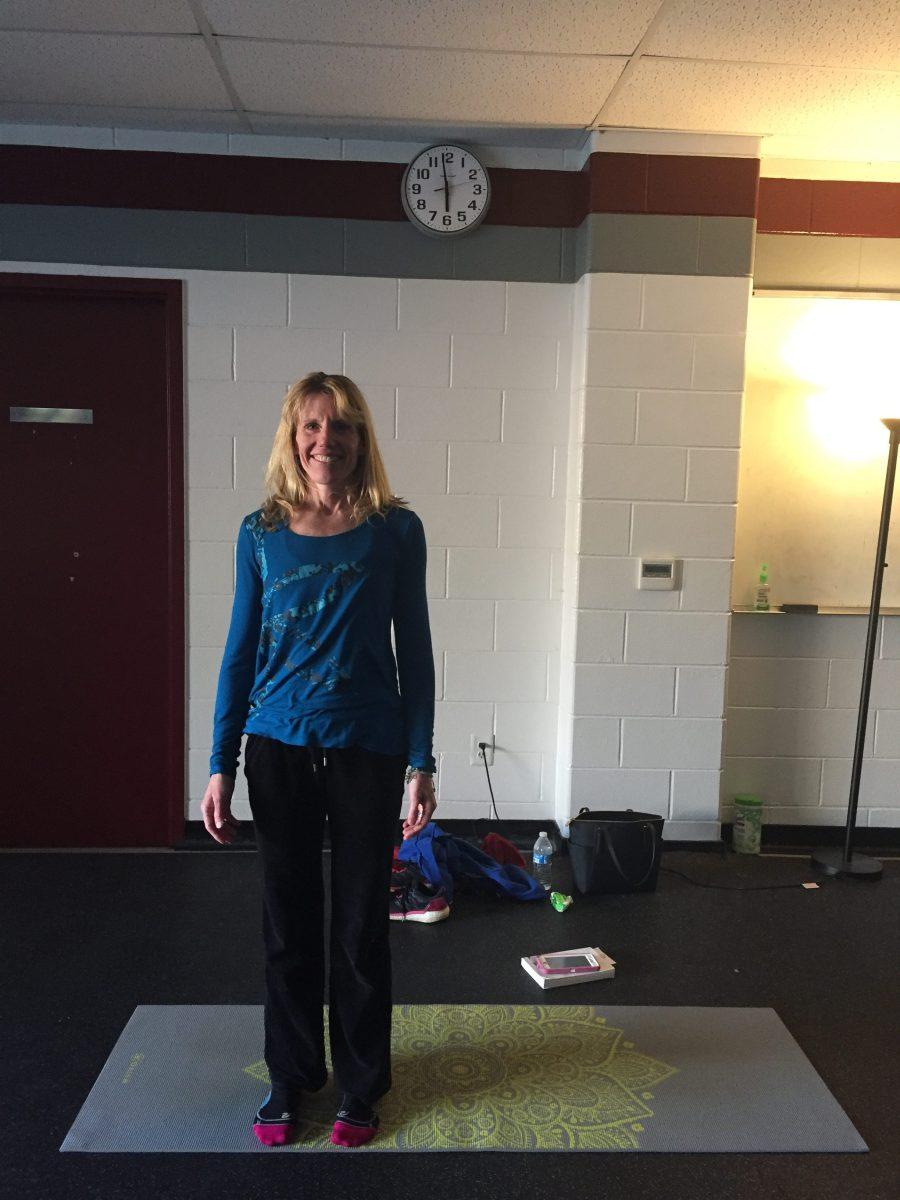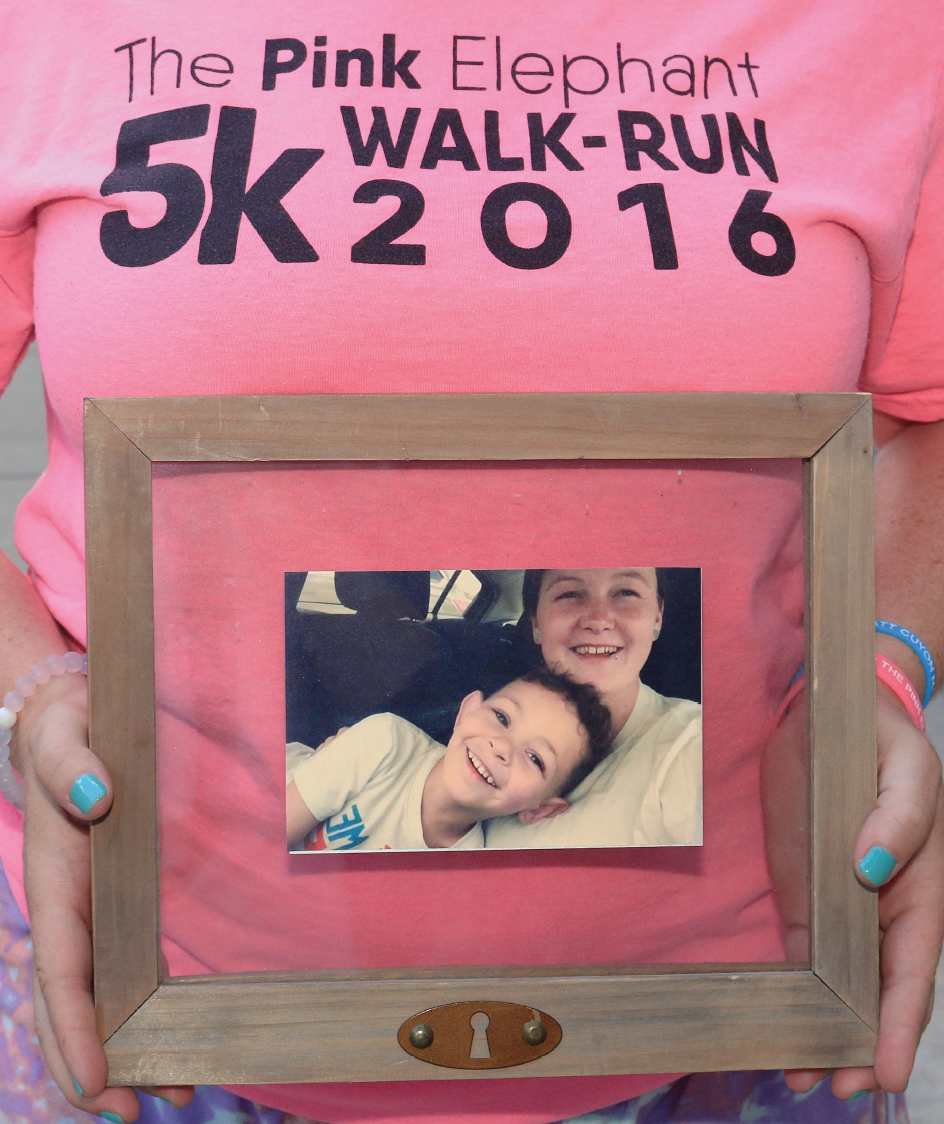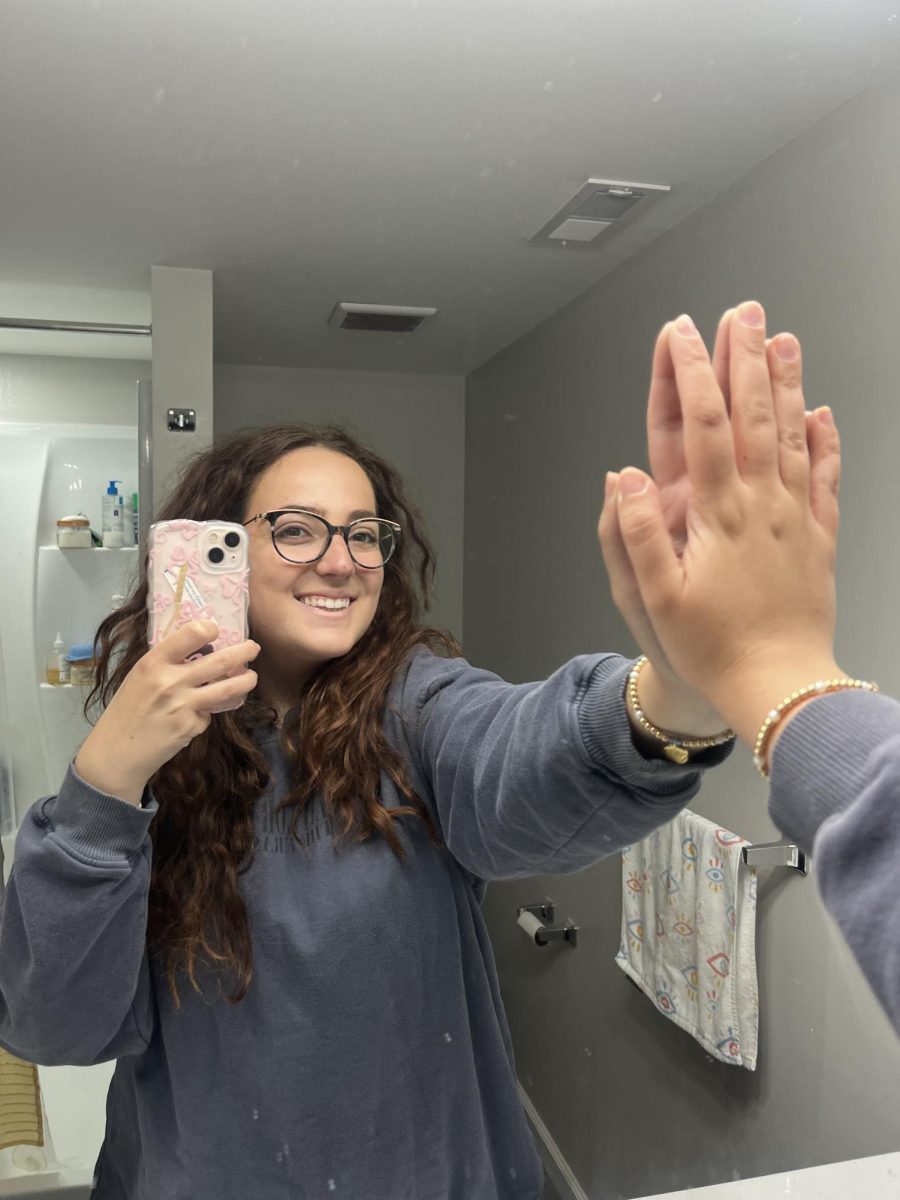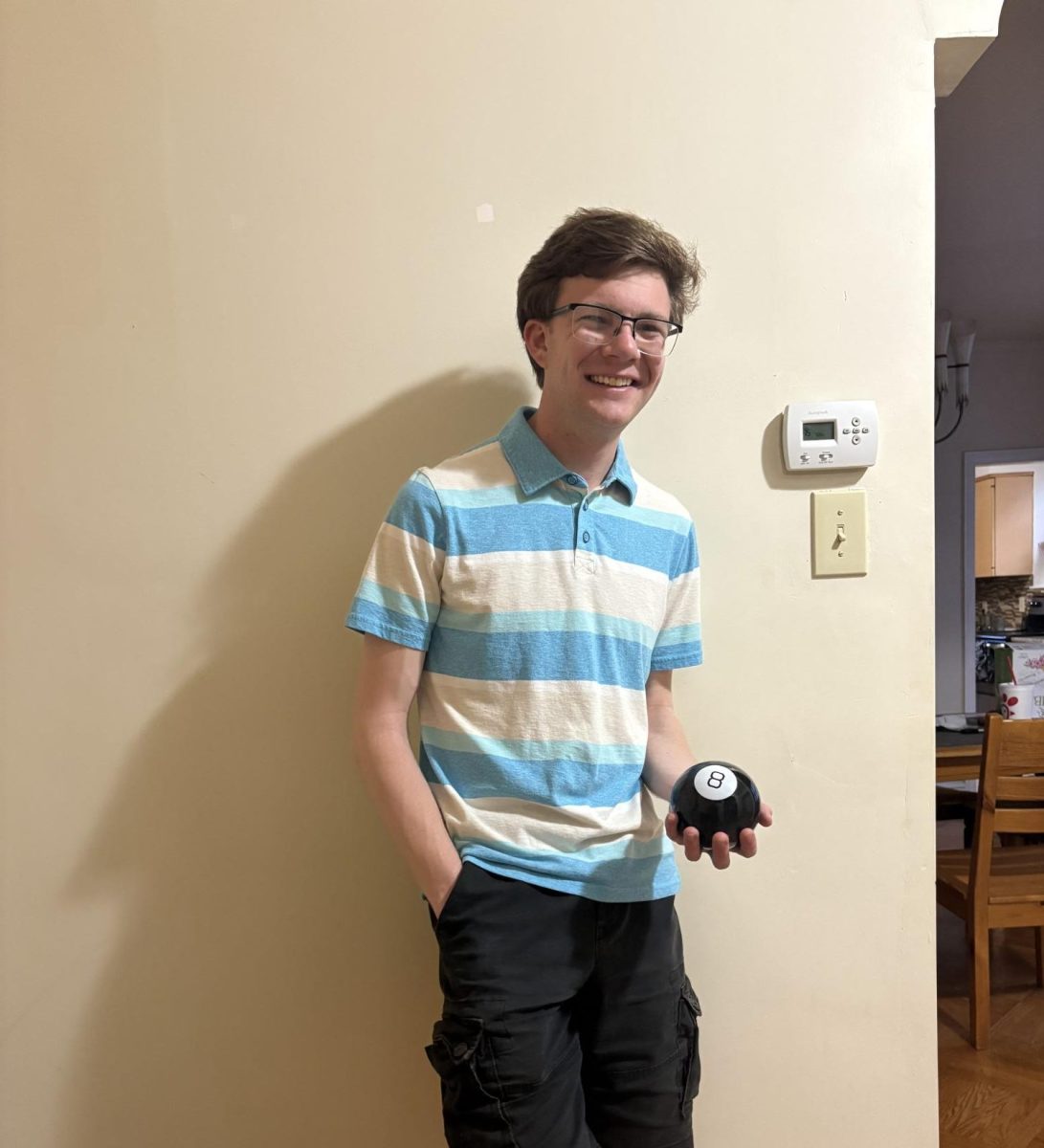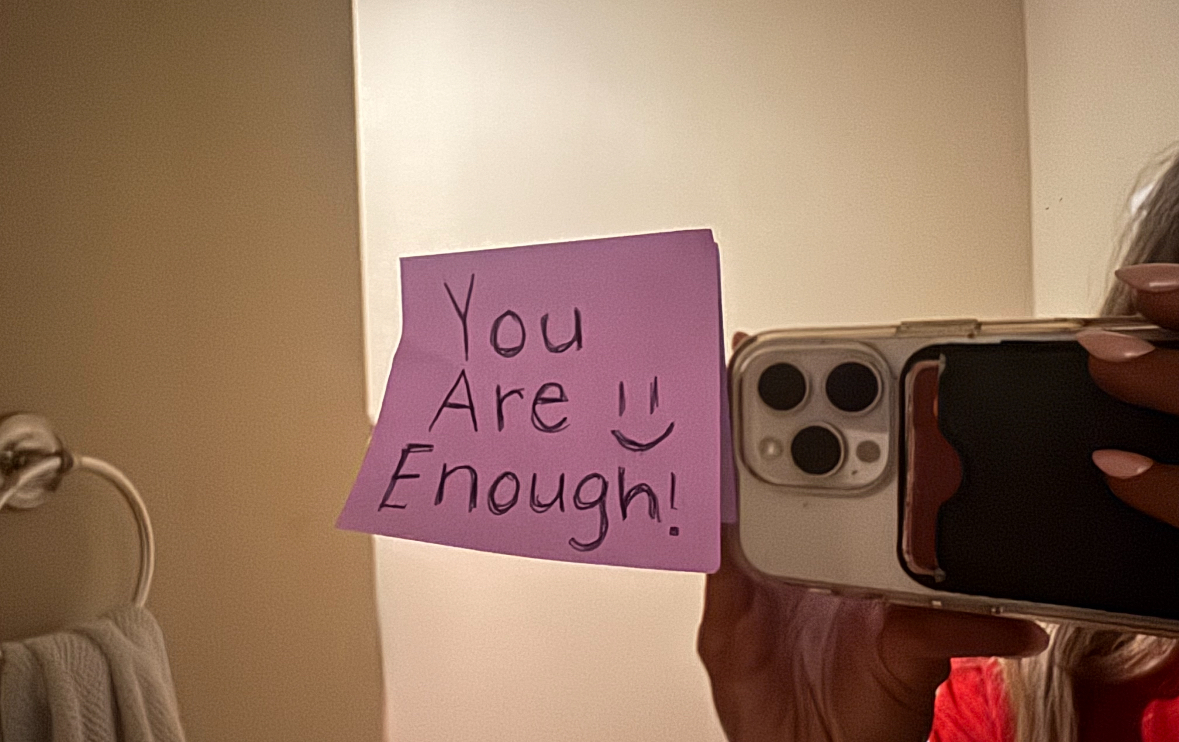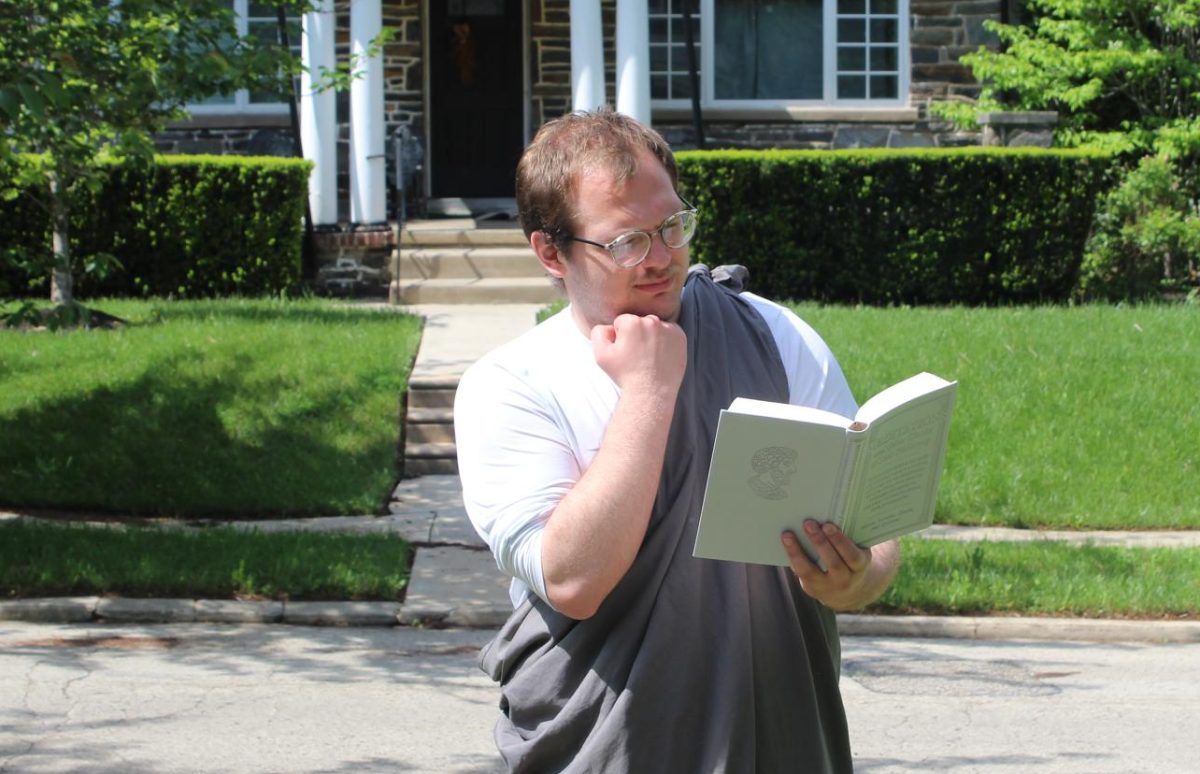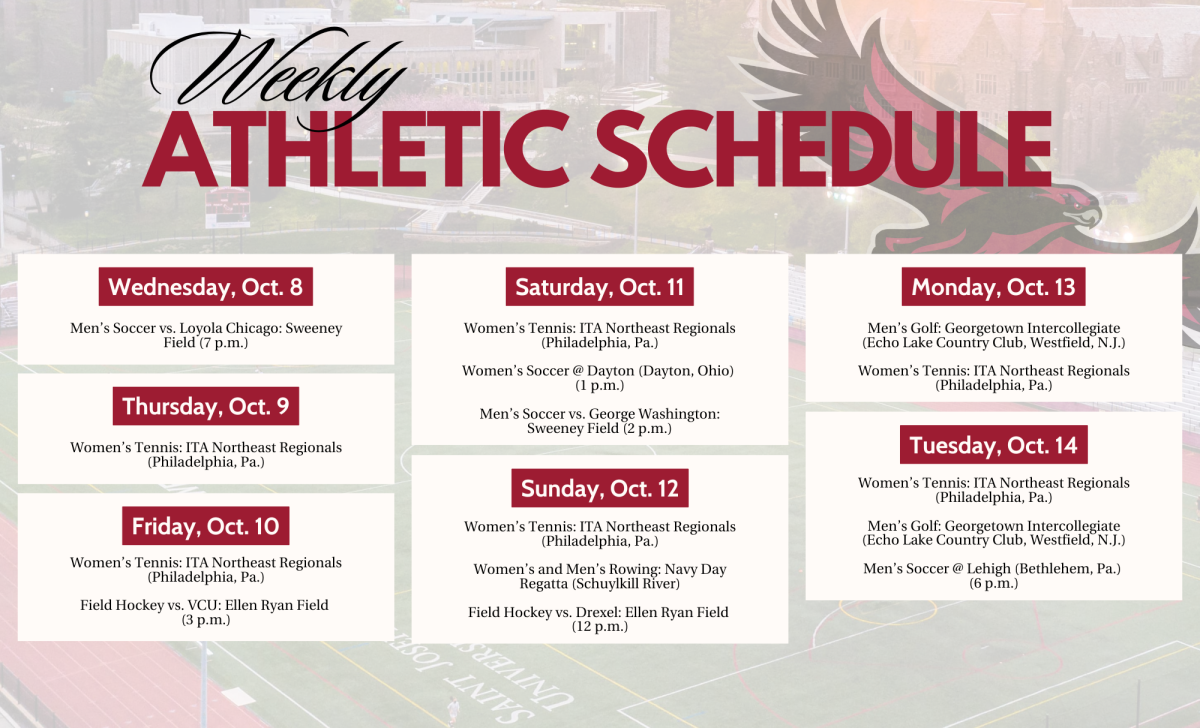Taya DiAngelo has been an assistant coach for the men’s rowing program for the last four seasons and served as interim head coach for the beginning of the 2025-26 season. DiAngelo has more than 25 years of experience in rowing and was a four-year letterwinner coxswain for the University of San Diego.
DiAngelo served as an assistant coach for Villanova’s women’s rowing team before coming to St. Joe’s. Before Villanova, she served as a volunteer assistant for the University of Pennsylvania’s women’s team, where the Quakers set program records in the 2017 Ivy League Championships. The Hawk sat down with DiAngelo to learn more about the perspective of a female coach on a men’s team.
How did you get into rowing?
I went to boarding school outside of Seattle [and] had to be involved in a sport … my junior year there, my math teacher was the rowing coach and also one of the resident advisors. She said, ‘Hey, you’re not very big, and you’re kind of loud. How about you try coxing?’ I was like, ‘I have no idea what you are talking about.’ So, she dragged me down to practice one day that spring and put me in a boat. Right off the bat, I hated it. It was horrible. It was probably raining; it’s Seattle … It took about a week because she was like, ‘Just keep coming back. I think you’re gonna like this.’ Within a week, I was like ‘OK this is great.’
What made you get involved in coaching?
It kind of hit me one day. I’d had a quote, unquote real job, and we had moved from New York down to Philadelphia, where my husband’s from, for his job. I lost my job. I couldn’t transfer it. I was working retail. I was just kind of figuring out — do I want to go to grad school, do I want to be a teacher? What do I want to do? And I was driving by the river one day, and I was like, ‘Wait a minute, I could probably coach rowing.’ I started as a high school coach. I looked online, found a help wanted ad, contacted the head coach and just started coaching.
In what ways did your coxswain career in high school and at the University of San Diego help shape your approach to coaching?
It’s one of those weird positions where it translates really easily because, along with steering and keeping humans in line, what you’re doing is relaying to them or reminding the athletes what the coach has been saying to them. My coxing career was certainly not perfect. What I did really well was I could translate what a coach was saying in different ways. [Coaching] felt very similar, the difference being that you can see better as a coach, you can see the whole boat and the whole picture, and you’re not in it with them.
What has your experience as a woman athlete on a men’s team to now coaching on a men’s team been like?
I think it was nice. It’s kind of like coming home … When I got out of high school, … I knew that I wanted to get back to a co-ed experience, and why not try men’s rowing? That sounded fast and fun … I coached almost exclusively women before St. Joe’s. There was a year or two as a high school coach that I had the boys, but my collegiate coaching has always been with women, and it felt like I needed a change when I was looking to move from Villanova … I needed new problems, and a lot of the problems in women’s teams, especially rowing teams because we’re all very similar in restrictions and in all the compliance issues, they’re very similar. And so, I was like, ‘Well, let’s have new problems.’
How do you coach the female coxswains to lead confidently on a men’s team?
I remind them that all the guys want them to do well, and that’s the greatest part, is that the guys aren’t looking for them to fail. They want them to do well. And our current group of guys are phenomenal with it. The feedback they give them is so well-put and so constructive and so caring. They really do want the female coxswains to succeed.
What is your favorite part about coaching a men’s team?
It’s early and it’s dark and now getting a little chilly, and they continue to make the decision to bring energy and bring a good mood and push themselves. A coach can’t really bring that. There’s one to three, maybe four, coaches, and there’s 40 athletes. A coach can kind of foster it, but really the team is who provides that, and the seniors have been great. They’ve just done a phenomenal job. I wouldn’t say it’s made it easy, but, God, it’s made it easier. Practice is pretty much a joy to come to, and I got to give most of the credit to them.
You took on the role of an interim head coach at the beginning of the semester. How did this differ from being an assistant coach?
There’s a lot more texts and a lot more emails and a lot more meetings … I’ve been very fortunate to work with great head coaches, and that’s the thing — assistant [coaches] almost have the luxury of being offline. Head coaches … it’s much harder because you do feel a pretty big responsibility to make sure that if somebody is reaching out to you, you’re getting back to them..
SJU Athletics hired Michiel Bartman as the new director of rowing and head men’s rowing coach Sept. 29. Bartman is expected to start later in the season.

